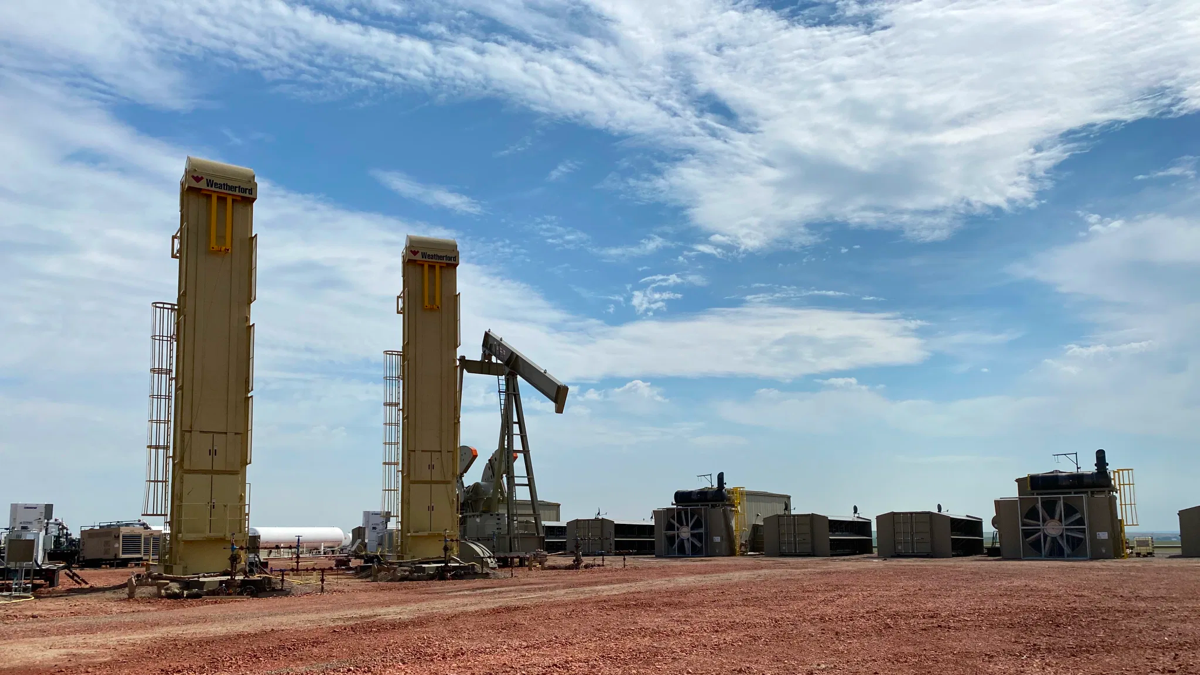On the far side of the pad, though, a line of metal buildings set up by a Colorado startup represents a decidedly nontraditional arrangement for the oil industry.
Kraken has dug in here for the oil released by hydraulic fracturing, or fracking, the technology that, along with horizontal drilling, spurred the Bakken oil boom in North Dakota and this stretch of eastern Montana in the late 2000s and early 2010s.
Bakken oil, though, commonly comes to the surface with a not-necessarily-welcome companion: natural gas that is both harder to transport from remote well pads and less profitable to sell.
The inherent wastefulness of flaring, as well as its climate implications, have attracted the attention of government regulators and environmentalists.
Unlike traditional currencies like the American dollar, which are regulated by central banks, Bitcoin and its peers are managed by digital exchanges that use decentralized databases and cryptography to keep track of ownership.
A Bitcoin mine operating out of an old mill building near Missoula, for example, attracted criticism after county officials said it was using as much power as a third of the households in the county.
The server containers on the Kraken well site are owned by Denver-based Crusoe Energy Systems, a venture-capital backed startup founded in 2018 that markets itself as a partner for oil companies looking for an economical way to cut back on their flaring.
Cully Cavness, Crusoe’s co-founder and president, said in an interview that the company also makes its server farms available to people who need other computationally intensive work performed, such as training artificial intelligence models or rendering computer animations.
Bitcoin mining, however, is Crusoe’s main effort at the moment.
The company isn’t the only ongoing effort to leverage well pad natural gas for Bitcoin mining in the U.S., but Caveness said Crusoe is the largest startup in the space.
Larsen sees it as a win-win for producers like Kraken.
Given that the site near Sidney is producing slightly more gas, 1.5 million cubic feet a day, than the 1.2 million cubic feet a day the four generators Crusoe has on site can turn into power, the well pad still does have a flare burning.
This work is supported in part by a grant from the Greater Montana Foundation, which encourages communication on issues, trends, and values of importance to Montanans.
